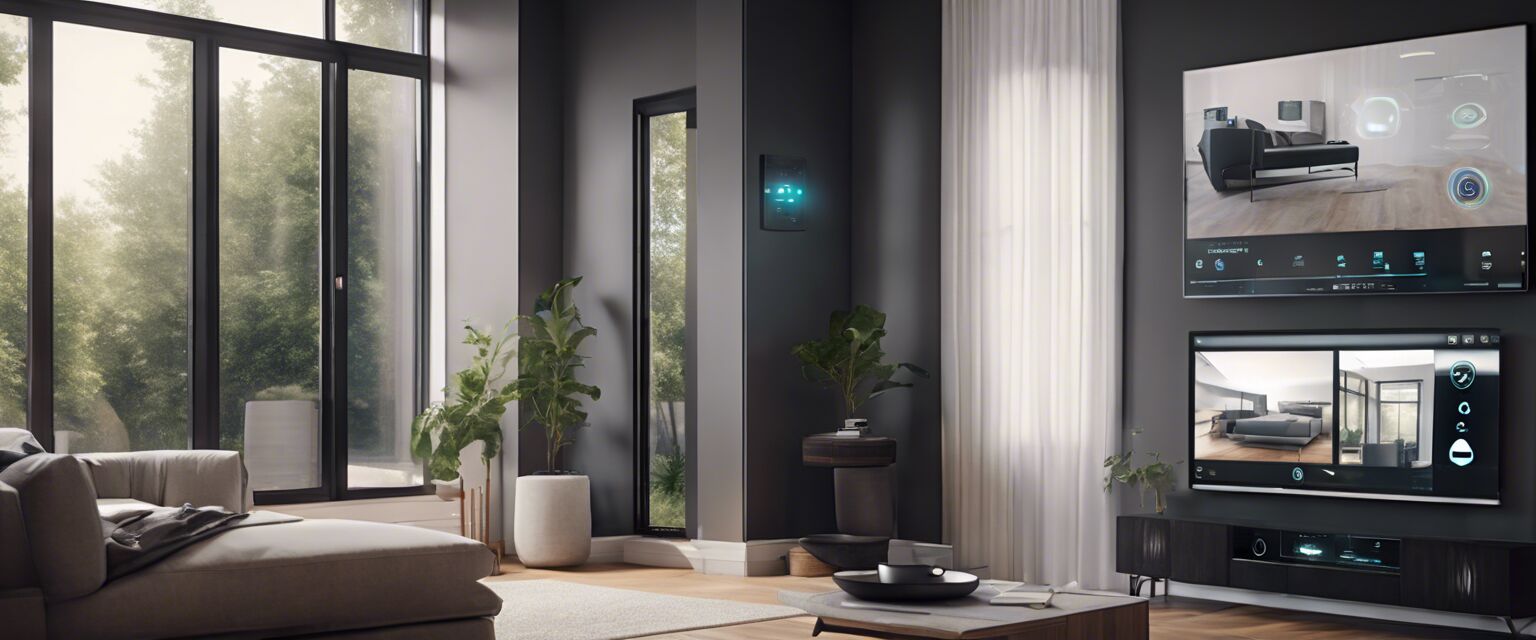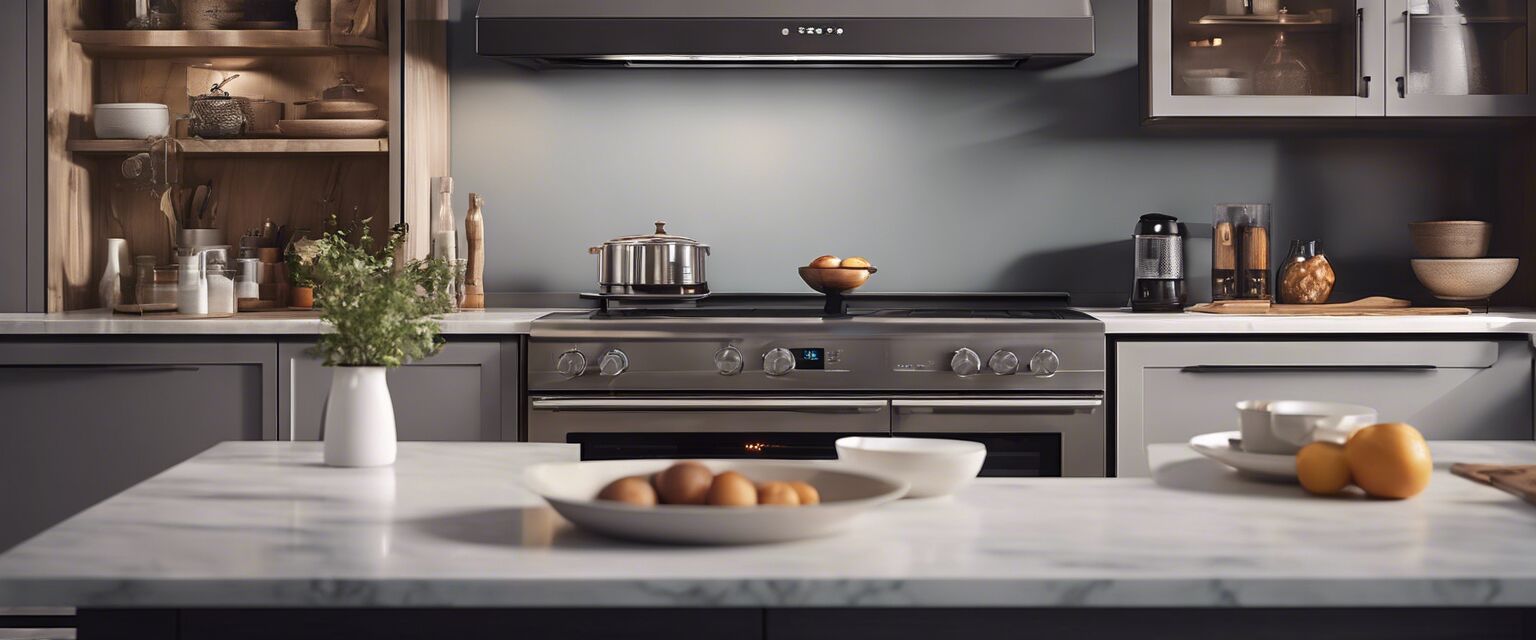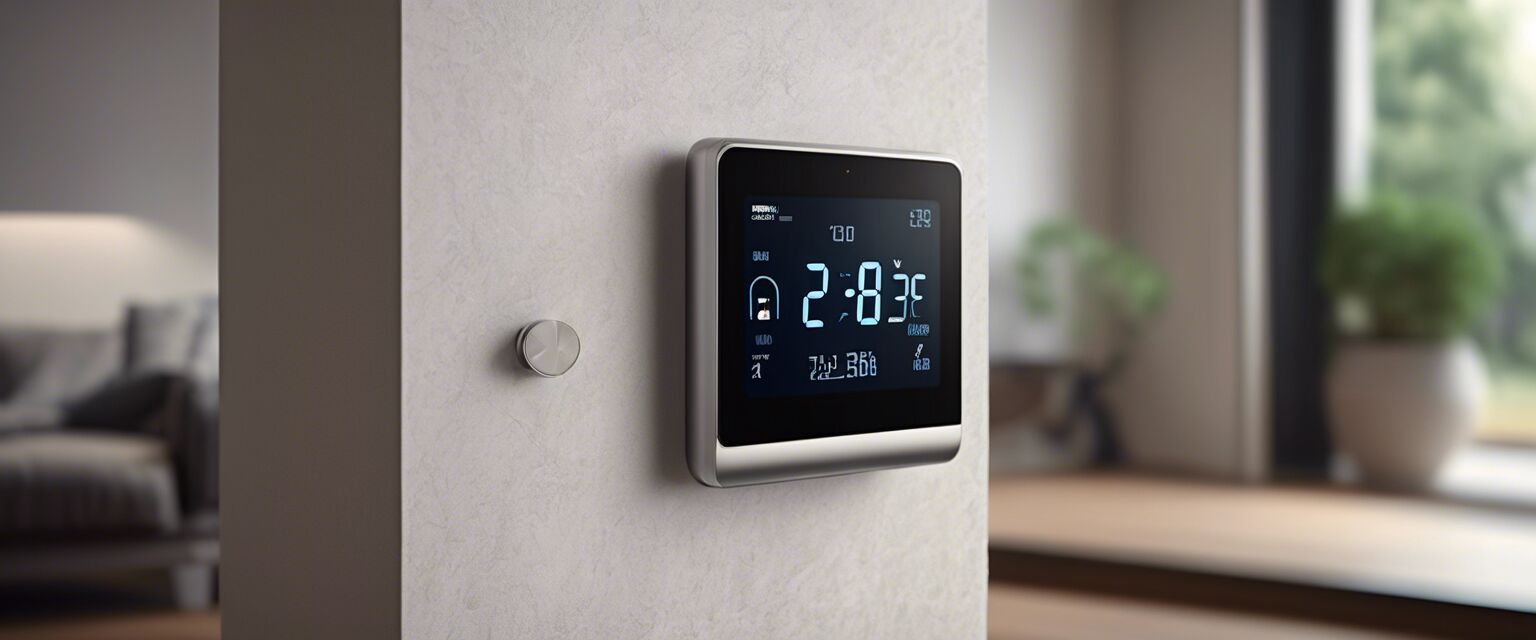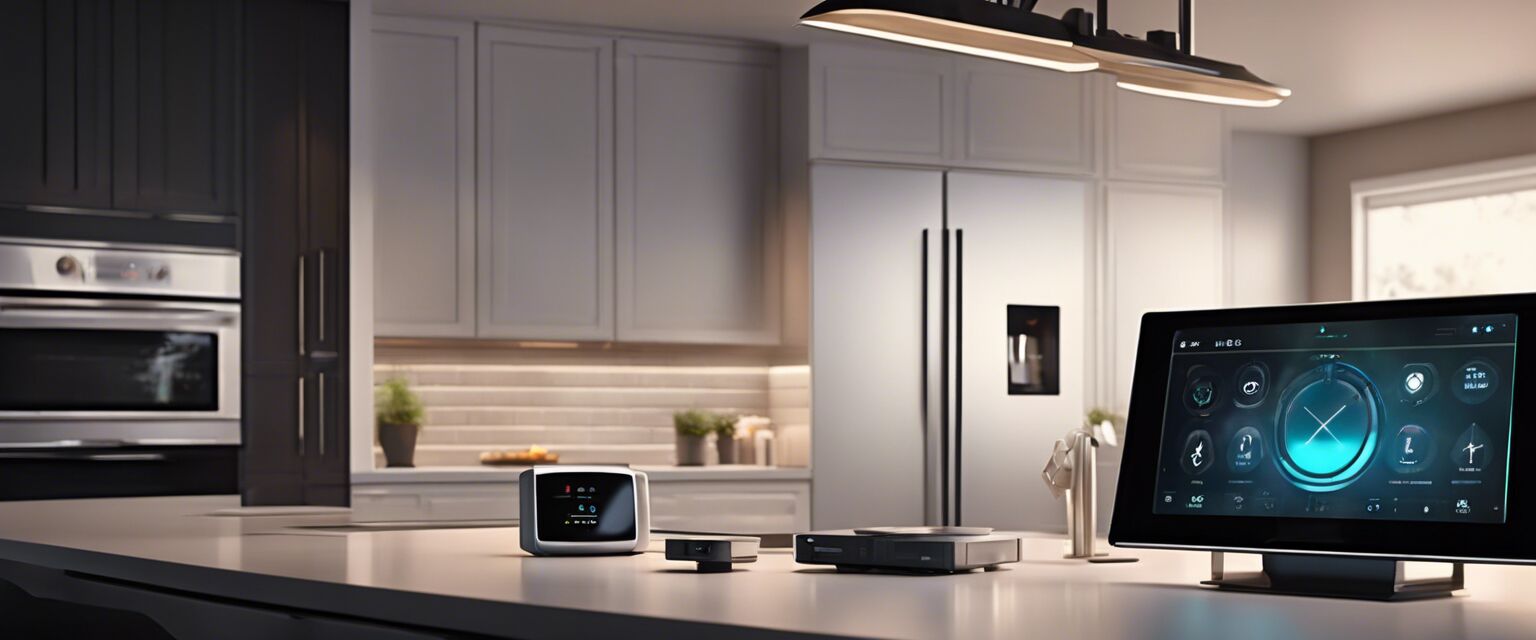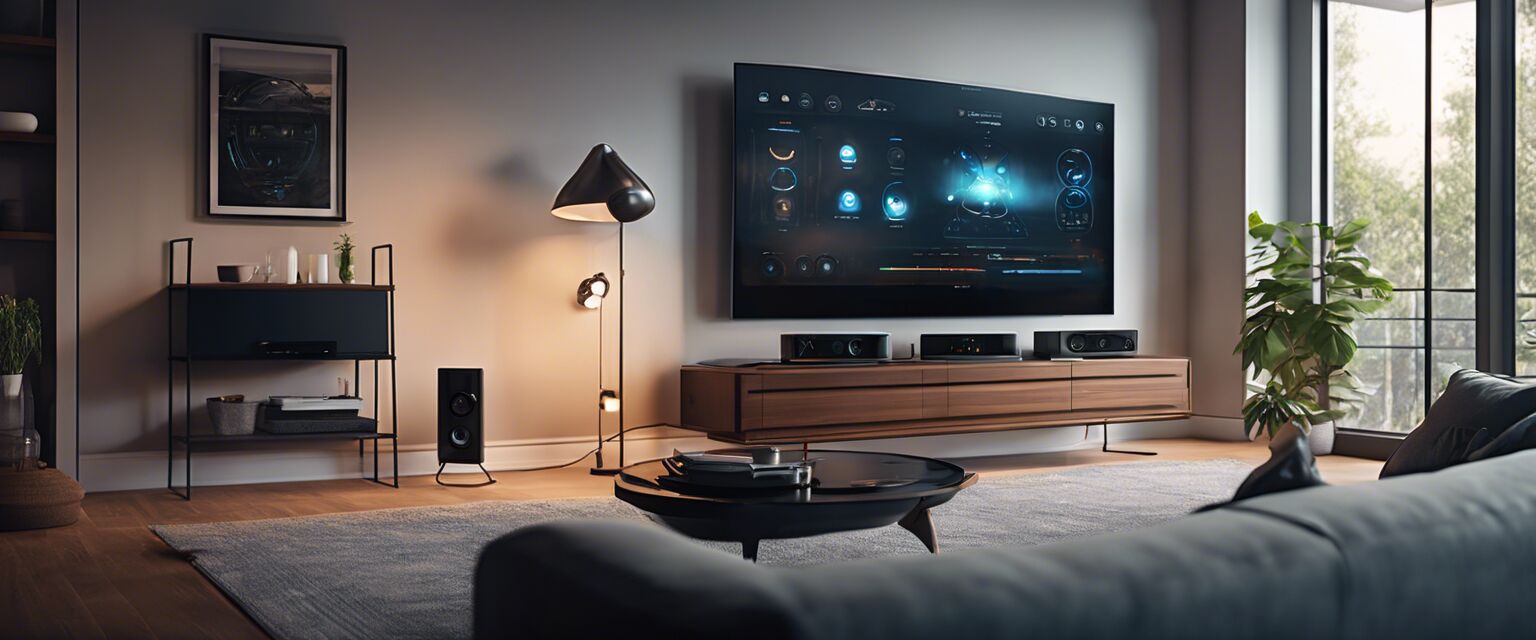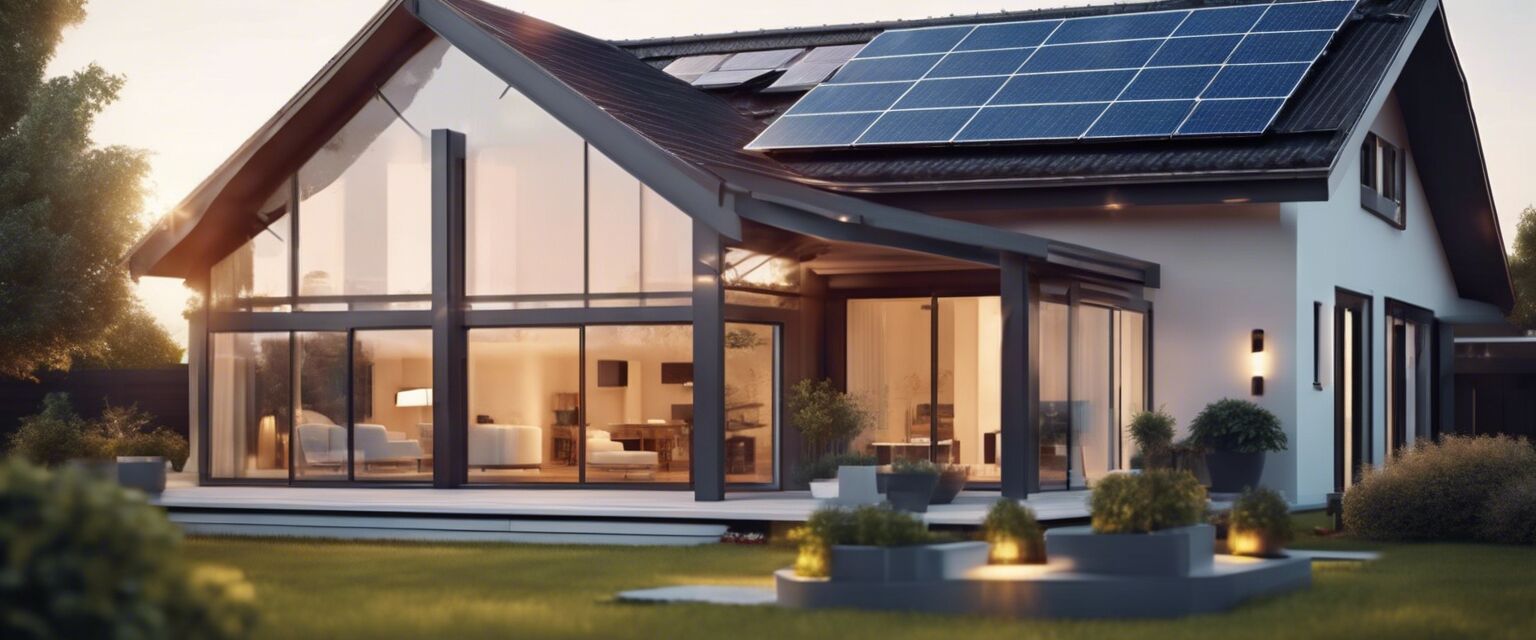
Smart home energy management
Key Takeaways
- Smart energy management enhances energy efficiency and reduces consumption costs.
- Integrating smart devices can lead to significant savings over time.
- Energy monitoring tools help in identifying consumption patterns.
- Automation features can optimize energy usage based on real-time data.
The integration of smart devices in homes is revolutionizing energy management. Smart home energy management solutions not only provide homeowners with control over their energy consumption but also present numerous opportunities to save on costs. This article explores various strategies for implementing smart energy management systems effectively.
Understanding smart home energy management
Smart home energy management involves using technology to monitor and control energy consumption in your home. This encompasses a variety of solutions, from smart thermostats to energy-efficient lighting. Below are some vital components of a smart energy management system:
- Energy monitoring devices
- Smart thermostats
- Automated lighting systems
- Smart plugs and outlets
1. Energy monitoring devices
These devices track your energy usage metrics and provide insights into consumption patterns. By identifying the energy hogs in your home, you'll be able to take actionable steps to reduce unnecessary usage.
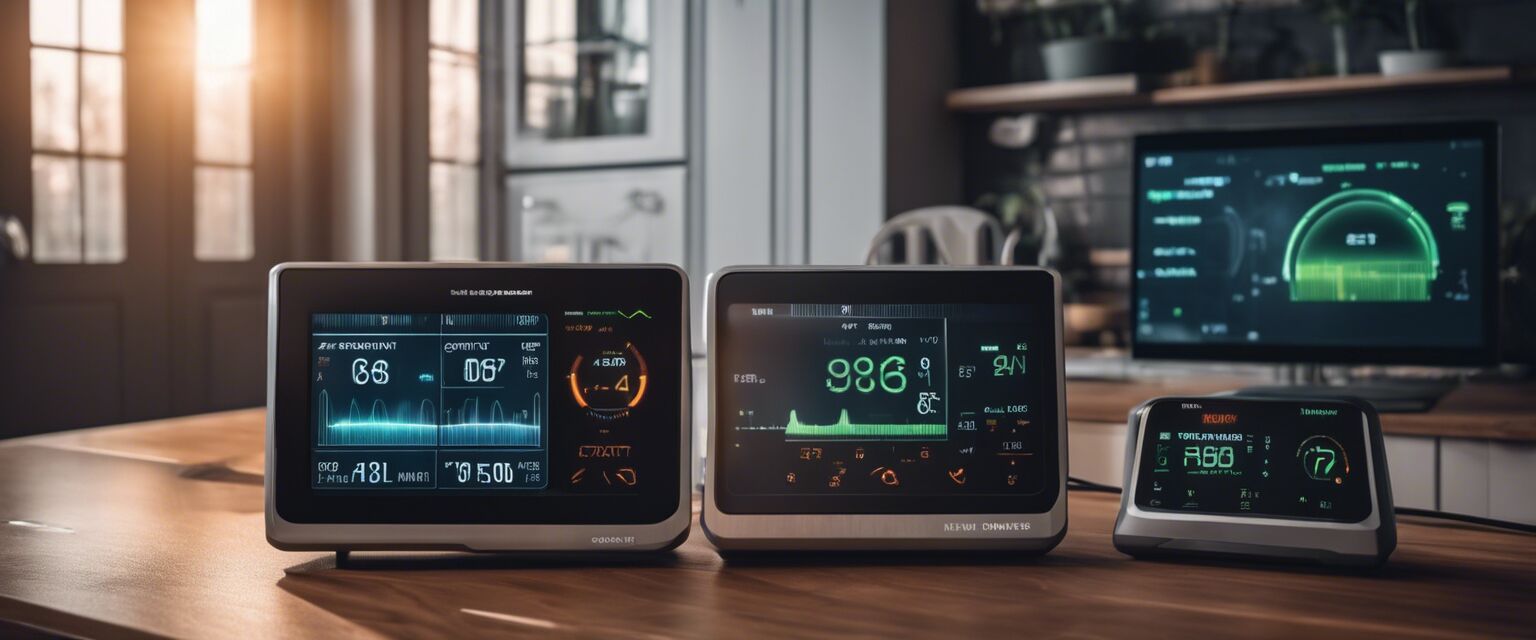
2. Smart thermostats
Smart thermostats allow for automatic adjustments based on your schedule, ensuring maximum efficiency. They can learn your preferences and adjust heating and cooling accordingly. This not only enhances comfort but can lead to substantial energy savings.
3. Automated lighting systems
These systems can adjust the brightness of lights based on the time of day or occupancy, further reducing energy consumption. This feature is particularly effective in ensuring that lights are not left on unnecessarily.
4. Smart plugs and outlets
Smart plugs help you control and schedule the usage of plugged-in devices, meaning you only utilize energy when you need it. They can also assist in monitoring the energy consumption of each device.
Strategies for implementing energy management solutions
Implementing energy management solutions effectively requires planning and knowledge about your homeâs energy consumption patterns. Below are some strategies to consider:
- Audit your current energy usage: Understanding where and how much energy you consume is the first step.
- Research smart home devices: Look for devices that fit your needs and work well together to maximize efficiency.
- Prioritize automation: Set up your system to automate functions such as heating, cooling, and lighting based on your routine.
- Utilize energy monitoring tools: Use tools to assess the performance and impact of your solutions.
- Regularly review and adjust: Keep an eye on your energy usage metrics and adjust settings as needed to improve efficiency.
Benefits of smart home energy management
Implementing a smart home energy management system can lead to various benefits, including:
- Cost savings: Reducing energy consumption directly translates to lower utility bills.
- Increased comfort: Smart thermostats and lighting systems provide personalized environmental control.
- Improved convenience: Automating systems and using centralized control simplifies daily tasks.
- Environmental impact: Reducing energy use contributes to a smaller carbon footprint.
Pros
- Enhanced control over energy usage
- Potential for significant cost reductions
- Increased home comfort and convenience
- Reduced environmental impact
Cons
- Initial investment costs can be high
- Some systems may require technical knowledge to install and manage
- Compatibility issues may arise with older devices
Tips for beginners
When starting out with smart home energy management, here are a few tips:
- Begin with one area of your home, such as the HVAC system.
- Invest in devices that are compatible with each other.
- Use apps for easy management of your smart devices.
- Read reviews and recommendations to understand the best solutions available.
Conclusion
Smart home energy management offers multiple pathways to reduce both consumption and costs. By utilizing advanced technology to monitor and manage energy usage, you can achieve a more efficient and comfortable living environment while also doing your part for the planet. Explore our sections on Home Security, Smart Kitchen Appliances, and Smart Lighting for more insights into creating a smart home.

For additional resources, visit our page on Voice Assistants, which can integrate with your energy management system for seamless control.



